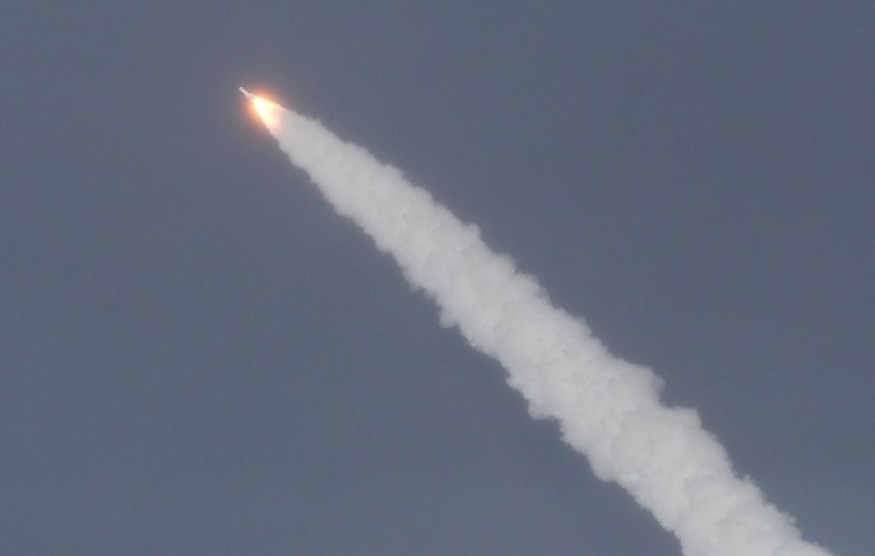United Launch Alliance's (ULA) Atlas V rocket successfully sent NASA's Low-Earth Orbit Flight Test of an Inflatable Decelerator (LOFTID) technology and the National Oceanic and Atmospheric Administration's (NOAA) Joint Polar Satellite System-2 (JPSS-2) satellite to Earth's orbit.
Space.com reported that the powerful rocket's West Coast work is done as it lifts off at 4:49 am EST from Space Launch Complex-3 at Vandenberg Space Force Base in California on Thursday, November 10, carrying the two payloads.

A Delay on Atlas V Rocket Liftoff
Some issues with fueling forced the ground control team to briefly halt the countdown that resulted in the 24-minute delay of the Atlas V rocket liftoff. But the JPSS-2 immediately separated flawlessly from the Centaur upper stage of the rocket about 28 minutes after liftoff.
Then NASA began working shortly after liftoff on a potential telemetry glitch to confirm if the satellite's solar array deployed as expected.
NASA wrote after launch that the mission managers for NOAA's JPSS-2 confirm that it acquired signal and is receiving as well as responding to commands. The satellite is now in a safe and stable configuration while teams evaluate the status of the solar array.
Per Space.com, the Atlas V rocket flew today in its most stripped-down configuration without any solid rocket boosters. More so, the two payloads were housed in the smallest payload fairing available which is only about 13-foot-wide (4 meters).
New Weather Monitoring Satellite and Mars Inflatable Heat Shield
The mission on Thursday represents a shift forward for both JPSS-2 and LOFTID. JPSS-2 will be joining two other weather satellites in polar orbit and will become an Earth-monitoring powerhouse.
Space.com previously reported that the weather and climate monitoring satellite will join the Suomi National Polarorobiting Partnership (Suomi NPP) and NOAA-20, which were launched in 2011 and 2017 respectively. JPSS-1, the predecessor of JPSS-2, was also launched in 2017.
JPSS-2 is set to be renamed into NOAA-21 once it is already in orbit and started conducting scientific operations. Two more launches are expected for JPSS-3 and JPSS-4 in 2027 and 2032.
While in their polar orbit, the satellites will orbit Earth 14 times a day to observe every place on Earth at least twice a day as it orbits the planet from pole to pole. In this way, scientists will have a better chance of observing Earth's atmosphere from a global perspective.
The satellite is designed to gather data from orbit for at least seven years. Meanwhile, the LOFTID will not be operating for nearly that long. The payload is based on hypersonic inflatable aerodynamic decelerator (HIAD) technology and will be used to shield engineers eyeing missions to the Red Planet.
Compared to Earth, more parachutes are needed to get payloads down safely on Mars, Space.com previously reported. Previous NASA rovers were quipped with bouncy airbags to cushion their fall and NASA even developed a rocket-powered sky crane to land Curiosity and Perseverance rover. These missions needed assistance for entering the planet due to its heavy weight.
Expandable saucer-like aeroshells are one of the possible solutions. They are designed to compress tightly enough to launch aboard rockets but inflate upon arrival to their planetary destination and provide enough atmospheric drag to help payloads land safely.
RELATED ARTICLE : Atlas V Rocket Takes Off Carrying 2 Surveillance Satellites to Geosynchronous Orbit For Space Force Program
Check out more news and information on Space in Science Times.
© 2025 ScienceTimes.com All rights reserved. Do not reproduce without permission. The window to the world of Science Times.












